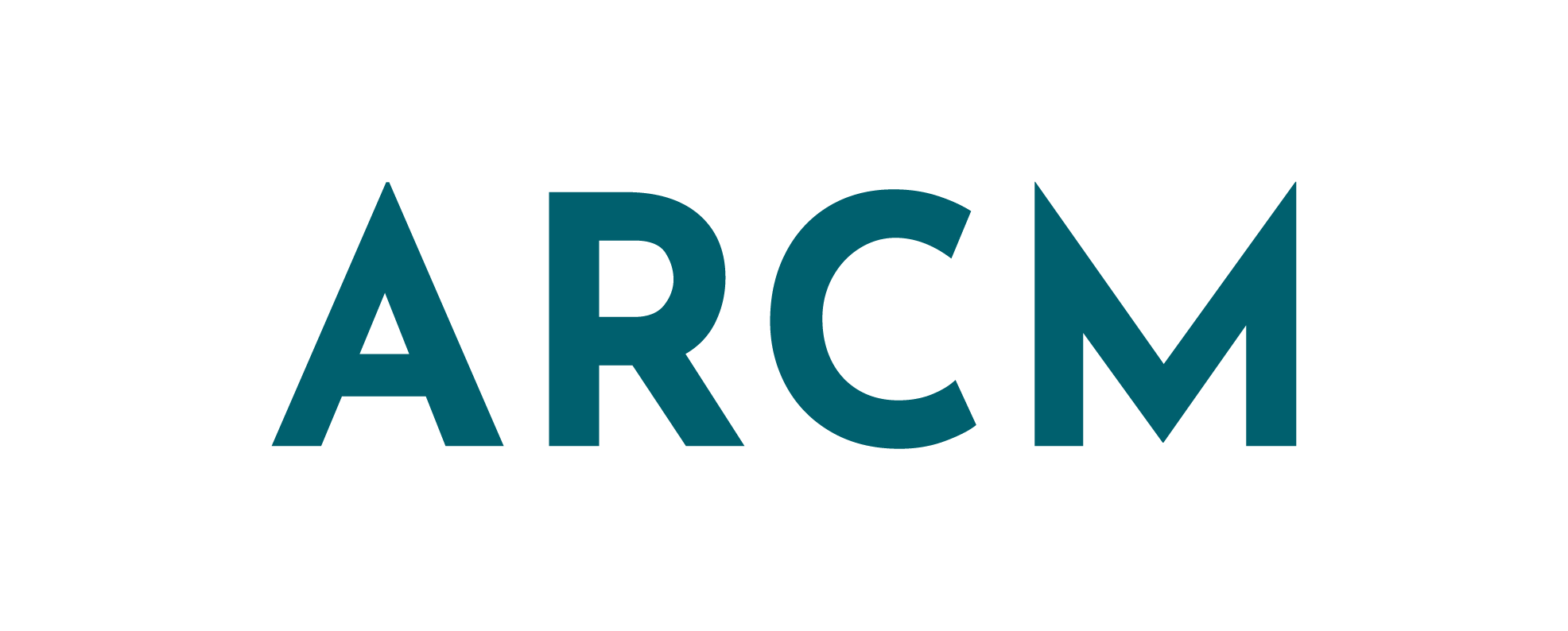Let’s get into it
- What actually is a tone of voice?
- Why is it necessary?
- 10 questions to help you establish a basic ToV
- 5 questions to ask about language
- A helpful exercise to run with your clients (or for your own brand)
What the fuck actually is a “tone of voice”? And is it even necessary?
In the simplest terms possible, a “tone of voice” is like the personality of your brand. Back when I was agency-side, in the mid-2010s, I used to explain this to my clients as your written personality.
Now though, it extends far beyond that. With the proliferation of video content, podcast recordings, and a shit ton of options when it comes to your marketing, tone of voice is now about words in any scenario relating to your business.
Brand isn’t just about looks. Beauty is only skin deep. The vibes and the look will keep you recognisable. But personality is what gets people to believe in your cause, remain loyal to your products, and buy in to your services.
So yes, tone of voice is absolutely necessary.
Why is it necessary?
Firstly, you don’t absolutely need formalised guidelines. If you are a one-person business or a freelancer for example, your personality will be key to the brand of your business.
You know who you are, what you are about, how you speak, and how you want to be perceived. And if you aren’t subcontracting or outsourcing, you don’t need formal guidelines.
However, if you have any other marketing folks involved in your business, especially copywriters, content writers, and social media managers, formalised TOV guidelines are essential to maintain consistency throughout all of your brand communications.
Think back to week 1
When we spoke about gathering the right information for your project, a lot of that info leads us here. Whether you are establishing your own TOV or writing for a client who doesn’t have any formalised guidelines in place, this is a great place to start.
10 questions to help you establish a basic brand personality
For the purposes of this exercise, pretend the brand you’re working on is a person.
If the brand is essentially you, that makes this a lot easier. And in that circumstance, it’s always worth considering how much of yourself you want to bring into the public persona of your business.
If your brand was a person, how would they answer the following questions:
- If you had a playlist called Upbeat, which songs or artists would feature?
- What is your ideal way to spend a day off?
- What is your favourite creative outlet?
- If you were a cartoon character, what would your signature outfit be?
- Do you prefer fiction or nonfiction? Physical or audiobooks?
- How (if at all) do you consume news? Which publications specifically?
- What is your favourite social media channel (for personal use)? Why?
- What are the three most important things in life?
- What are your thoughts on tattoos and piercings? Do you have any?
- What is your favourite TV show and why?
5 questions to ask about language to establish tone and grammatical rules
- How do you feel about swearing?
- How formally do you speak? Are you quite relaxed or professionally distant?
- Do you give a fuck about the Oxford Comma? (if you value clarity, the answer should be yes)
- Do you like to use analogy, similes, or metaphor to describe things or keep your descriptions more literal?
- Are there any words, phrases, or ideas out of bounds for you as a brand?
A great exercise to run with a client (or ask yourself)
Create a sheet of 50 adjectives. Arrange them in no particular order. Ask your client (or you can run this yourself if it’s for your business) to highlight/circle their three favourite and their three least favourite.
This will instantly give you a clearer idea of how they see the brand, even if they can’t put it that clearly into words.
If they have particularly strong feelings about words (I’ve found many clients do without even realising it), let them cross out all of the words they would never use to describe themselves.
Here’s an example tone of voice exercise you can run with your clients.
And yes, some of the words mean the same thing. Remind your clients that it’s not just about what the words mean, it’s the tone. For example, would you describe yourself as “chill”, “relaxed”, or “informal”?
Who to go to when you need tone of voice done properly
Ok, so I’ve given you some helpful tools to get started. But ultimately, if you are hiring multiple writers or freelancers, you need a proper tone of voice.
The process often involved calls, workshops, questionnaires and all that good stuff. I know enough about tone of voice to get you started here but I want to pass you over to the real experts.
I’ve created a Twitter (X? Whatever the fuck it is now?) list of the most highly recommended tone of voice experts in my network.
This article has been adapted from my 12-week series Demystifying Website Copy. Find out more and sign up here for just £12.

